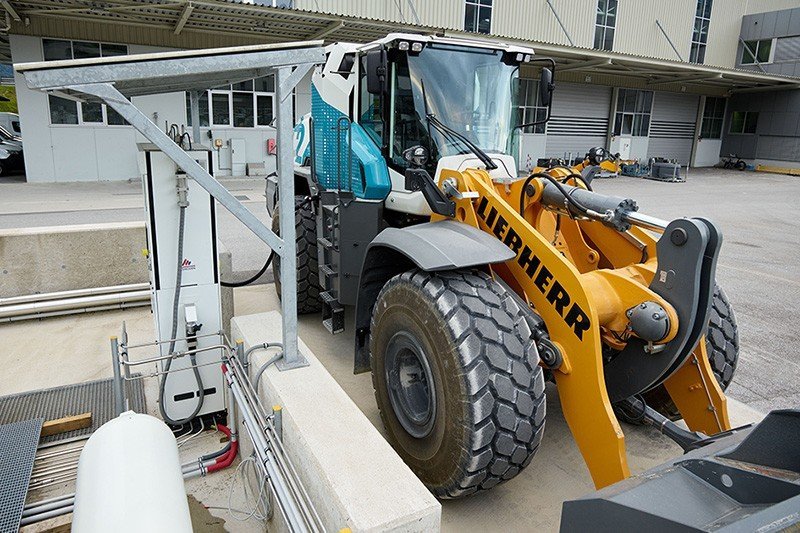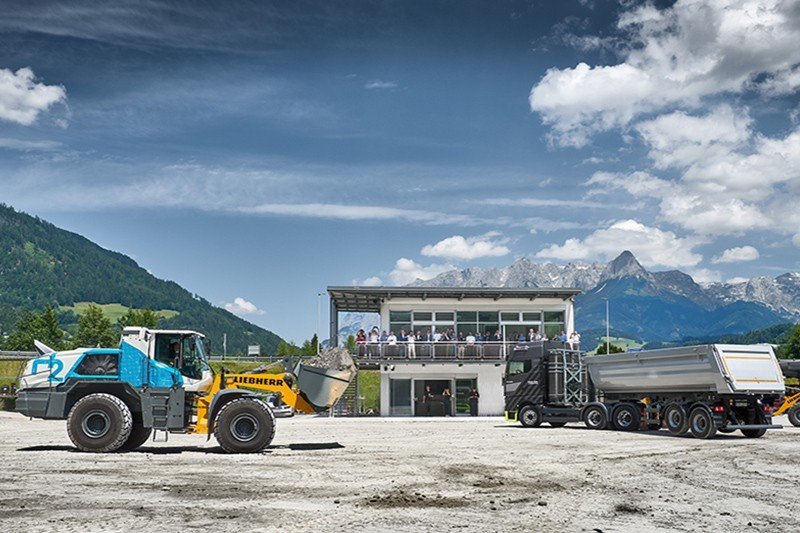The construction and transportation industries have long been scrutinized as major contributors to carbon emissions.
However, a remarkable technological breakthrough offers hope for significant reductions in emissions.

Introducing the world’s first hydrogen-powered wheel loader, the L566 H, from the German-Swiss manufacturer Liebherr, which is expected to slash CO2 emissions by a staggering 100 metric tons per year.
In collaboration with Strabag, a construction giant, Liebherr has commenced a two-year pilot project to test this large hydrogen-powered wheel loader at a quarry in Gratkorn, Austria.
The initiative marks a significant step towards the industry’s efforts to achieve net-zero carbon emissions by 2040.

This pioneering technology couldn’t come at a more crucial time as nations ramp up efforts to mitigate climate change.
While urban transport has made strides in electrifying small to medium-sized vehicles, larger machinery poses a significant challenge due to their extraordinary energy requirements, unsuitable for battery operation.
The L566 H employs a unique approach, utilizing a specially modified engine that combusts hydrogen in place of diesel.

Developed at Liebherr’s engine plant in Bulle, Switzerland, these engines are designed to be both efficient and nearly emission-free—circumventing CO2 and nitrogen oxide emissions entirely.
During a trade event at Liebherr’s plant in Bischofshofen, this advanced wheel loader was presented to esteemed political and business figures.
Attendees not only witnessed the loader in practical operation but also celebrated the inauguration of Salzburg’s first hydrogen filling station, a strategic move towards enabling hydrogen as a viable fuel alternative.
The filling station is crucial, especially for machines like the L566 H that will require green hydrogen for refueling.
A significant part of the project, supported by partners like Maximator Hydrogen and MPREIS, includes researching and establishing mobile filling facilities to service construction machinery directly at remote sites.
Amid concerns around the scalability of hydrogen technology, Liebherr remains optimistic.
Estimates indicate the L566 H will not only curtail over 9,900 gallons of diesel but also highlight the need for transitioning hydrogen production from conventional fossil fuels, known as brown hydrogen, to cleaner, renewable sources.
Currently, much of the available hydrogen is produced using fossil fuels rather than sustainable sources like solar or wind power, raising questions about the wider implementation of this technology.
Nevertheless, Strabag’s CEO, Klemens Haselsteiner, underscores the importance of taking methodical, progressive actions towards climate neutrality.
This strategic shift from brown to blue and, eventually, green hydrogen production, could position hydrogen-powered machinery as a leading solution to reduce the carbon footprint of heavy industries.
As research advances and green hydrogen becomes more accessible, the feasibility of such scalable, sustainable solutions could turn the distant vision of CO2-neutral construction sites into tangible reality.
